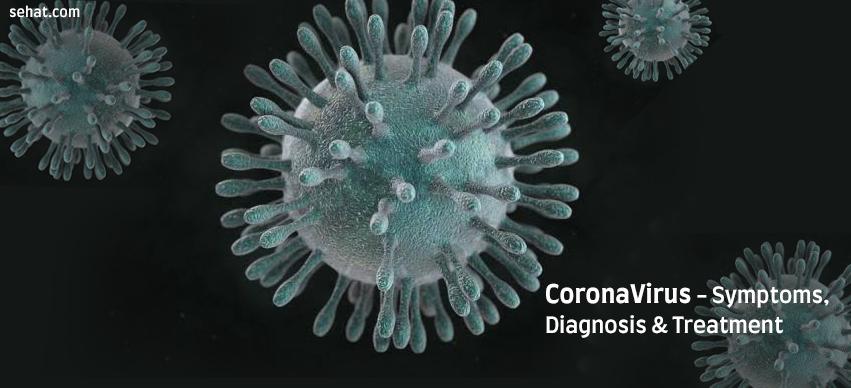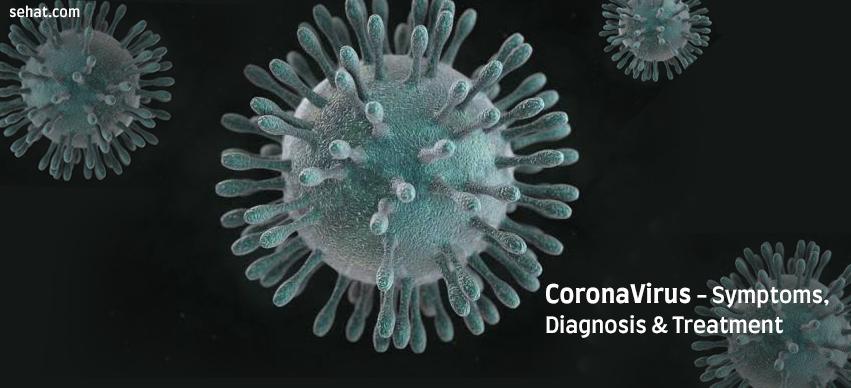Nanoparticle Therapy – An Emerging Cancer Treatment
5 Min Read


If we look at the history of mankind, there were some diseases that affect mankind for a short period of time. Almost all of them are infectious in nature. These infectious organisms periodically change genetically and modify their structure attacking humans again. This theory fits perfectly with CoronaVirus. It was first seen in 1960 then 2003-2004 as SARS (severe acute respiratory Syndrome) in 2003, MERS-CoV (middle east respiratory Syndrome CoronaVirus) in Feb 2019 and now again appears as nCOV (novel CoronaVirus) in December 2019-January 2020.
We need to first understand that all these viruses are the same, Coronaviruses but they are slightly different infecting their structure due to antigenic shift and drift.
Now let's first know about the current threat from which the entire world is panicking.
This virus is said to have originated from "Wet Market" in the Wuhan province of China. A wet market is a place where live animals like snakes, bats, rabbits, etc are sold for eating purposes. It is illegal to market. This virus is named as novel CoronaVirus (nCOV).
NCOV (novel CoronaVirus) is a beta virus. It is basically a zoonotic virus, seen in animals like bats, camels, snakes, hens, rabbits, etc. This virus can affect humans when it genetically modified its structure. It is also classified under the RNA virus.
From animals, this virus is transmitted in humans. Humans who eat more seafood, live animals, etc are more prone to get infected with this virus. Once a human is infected, he/she can transmit the infection to other humans. This human to human transmission is possible via coughing, sneezing, laughing, hugging, kissing, etc. Infected people produce aerosol, droplets, fomites when they sneeze or cough. These particles will go inside other individuals ' bodies via the respiratory tract through the nose and mouth and cause disease. So human to human transmission is by the respiratory route.
[Also Read: Sneezing after eating]
Incubation Period- This is the period between the entry of organisms into the body and the appearance of the disease. It is very important in all infectious diseases. For CoronaVirus Incubation period is 2-3 days. This means if you are infected with CoronaVirus, you will show symptoms in 2-3 days of infection.
Most CoronaVirus infections are mild and not bothersome. So let's start with less severe symptoms first.
This is more common than the rest of the severe symptoms. Patients will have a fever, dry cough, sore throat, sneezing, running nose, etc. All these symptoms are usually seen with Common cold or seasonal flu.
Some patients after developing URTI may complicate in LRTI, pneumonia. They will show high-grade fever with chills, cough with expectoration (yellow-green), chest pain, breathlessness, perspiration, etc. A chest x-ray will show pneumonia in one part of the lung. They should be admitted to the hospital and start treatment as soon as possible.
This is a severe form of pneumonia where the patient is hypoxic (low oxygen saturation), severely breathless (not able to speak complete sentences), air hunger, extensive consolidation in both lung fields. These kinds of patients usually need ICU (intensive care unit) admission and ventilatory management.
ARDS can ultimately complicate into MODS where other body organs will also be affected. Commonly involved organs are the kidney, heart, liver, and brain. Prognosis is extremely poor once a patient is in MODS. Ultimately patients succumb to death.
In all suspected cases following samples should be taken.
All these samples should be tested for virus by RNA PCR technique. It is a test by which RNA of the virus is detected. It is 100% accurate.